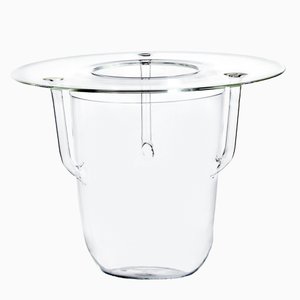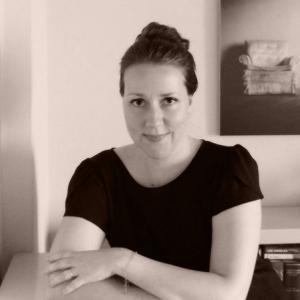An interview with Kelly Wearstler, the reigning queen of American interior design
Lady Luxe
Some interior designers have an aesthetic that is instantly recognizable; there is a clear stamp, a certain affect evoked in every space or object they craft, no matter how disparate. Historically, Englishman David Hicks springs to mind, as do American Tony Duquette and Parisian Andrée Putman. Today, though, Kelly Wearstler wears the crown. Since launching her Los Angeles interior design firm in 1995, the South Carolina-native has extended her design-slash-lifestyle brand (though empire may be the better word) to include decorative and tabletop items, books, jewelry, and clothing, not to mention television shows. Never one to rest on her laurels, Wearstler is currently at work on a variety of new projects, including hotels and the launch of lighting, bedding, and furniture collections. With equal measures of elation and cool, she says “I’m beyond excited for everything that is coming this year.” And she has a right to be. On the eve of her firm’s twentieth anniversary—in itself a massive milestone—we talked to the designer about her distinctive style and her metamorphosis from boutique design firm to internationally renowned lifestyle brand.
Maile Pingel: Much of your work—be it rooms or objects—makes allusions to groundbreaking periods in design like Art Deco and Memphis, yet the expression is entirely yours. Can you talk a little bit about your vision and the historic references in your designs?
Kelly Wearstler: My process is instinctual. For me, designing is sort of like falling in love over and over again. Educating my eye in all eras and movements of design history is vital. The more informed you become and the greater your breadth of knowledge, the more [readily] you can have your finger on the pulse of now. Everything informs my aesthetic, from my education in art history to travel and seeing the work of my contemporaries. It’s all fuel. Certainly, at the heart of my design is a deep respect for history, coupled with a desire to take risks; but it’s the tension between opposites—raw and refined, old and new, masculine and feminine, that I find super sexy.
MP: Over the last few decades, the term decorator has taken on a somewhat negative meaning, though its original usage was something quite glamorous, especially in regards to key figures like Dorothy Draper. Is it just a silly case of semantics, or are the terms designer and decorator two very different things?
KW: I suppose the word designer might carry a connotation that feels more creative, more dynamic. It evokes the perception of a unique voice or strong point of view. Dorothy Draper is fantastic and hugely influential, so it is certainly no reflection of the work, just a sign of the times. I think design is a more all-encompassing term. Design is storytelling. It’s curating a certain lifestyle. Decorating, to me, just feels more narrow in scope.
MP: From homes to hotels to product lines—how did Kelly Wearstler Interior Design (KWID) develop?
KW: The growth has been a natural extension of my design work. I spent so many years creating bespoke pieces for clients simply because I couldn’t find exactly what I wanted for a certain project. I built a network of craftspeople and gained an expertise that I was able to parlay into my own collections.
MP: Was there always a plan for such expansion or did it happen more organically as your own interests developed or changed?
KW: The brand has expanded in a really organic way over time. My focus remains on creating incredible interior spaces and cultivating lifestyle collections that are soulful and distinctive. This year I have so many exciting collections launching—my first bedding and lighting collections are coming out. It takes a while to land on just the right alchemy of people and partnerships, but every one of my designs is near to my heart. I have a hand in every aspect, from design and production to packaging, so it takes [however long] it takes. I have so much to say! The brand has expanded in new and diverse ways each year, and I continue to explore and push myself in terms of what we can accomplish.
MP: What role has social media played in the process? You have 124,000 followers on Instagram alone!
KW: Social media is a force to be reckoned with and an invaluable tool. In terms of international reach, it’s a powerful platform to grow the brand and interface directly with our customers. Design being a visual medium, platforms like Instagram and Pinterest allow me to curate mood imagery and vibe inspiration. They add depth and layer to the voice of the brand, inspiring our customers—and we learn from them in return. Feedback in real time is pretty amazing.
MP: What does the term lifestyle brand mean to you, and how would you describe the lifestyle that KWID offers?
KW: For me, lifestyle brand means a conscious curation of style in all things, from a light fixture or piece of furniture to entertaining. Everything in a home deserves to be special. How we live is a reflection of taste, culture, and personality. There is a confluence of values that very much informs the environment we inhabit. Great style isn’t synonymous with expense; it’s about soul. Elevated, clever design—at any price point—is a celebration of imagination. My credo is “take risks and stay curious,” and my aesthetic flows out of that philosophy and a cultivated awareness of history. Art and architecture play a key role in my inspiration process, but everything from fashion to my sons’ surf camp informs my designs.
MP: Lastly, how do describe your approach to work, and do most clients step back to let you create independently or do they work closely with you?
KW: I’m an emotional designer. I love a deeply collaborative environment, and the best projects always turn out to be the ones where the client has a heavy hand in the design process. My job is to run my client’s vision through my filter. Learning to be a great listener is the most important tool I could possibly have; the stronger a client’s voice, the greater our dialogue.
-
Text by
-
Maile Pingel
Maile is a design historian and writer. Formerly a researcher at LACMA and an editor at Architectural Digest, she contributes to a variety of design-focused publications. She lives in LA with her husband, dog, and cat.
-
More to Love
Back to Back Sofa by Nigel Coates
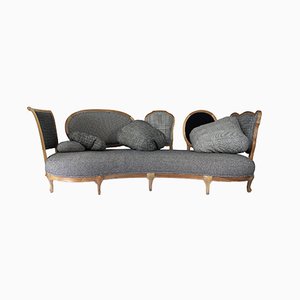
Picco Lounger by Nigel Coates
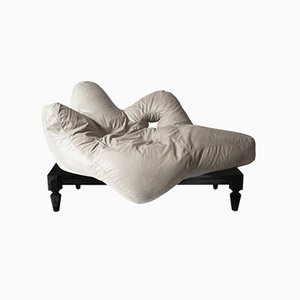
Domo Chair by Nigel Coates

Domo Dining Table by Nigel Coates

Domo Coffee Table by Nigel Coates

Wings Coffee Table by Nigel Coates

Pointer Coffee Table by Nigel Coates
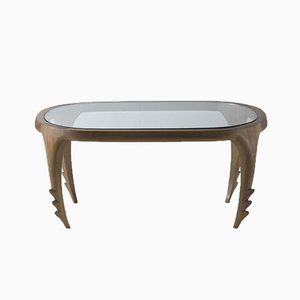
Stag Dining Table by Nigel Coates
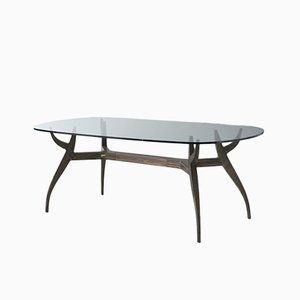
Dalí Rinocerontico Knob from BD Barcelona
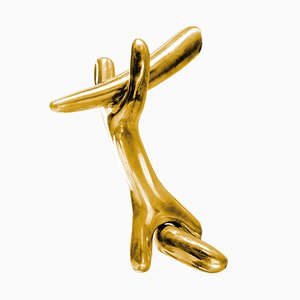
Carry Artids Goldfish Bowl by Nigel Coates
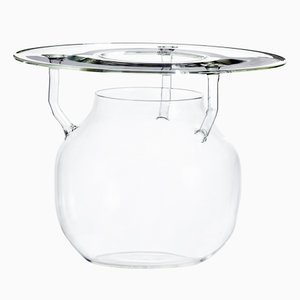
Dalí Muletas Lamp from BD Barcelona

Dalí Cajones Lamp from BD Barcelona
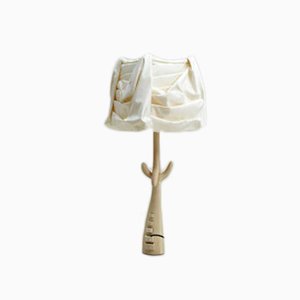
Dalí Bracelli Lamp from BD Barcelona
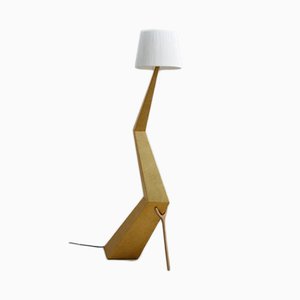
Dalí Leda Low Table-Sculpture from BD Barcelona
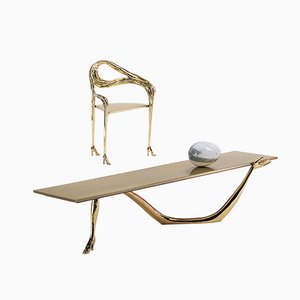
Dalí Vis-à-Vis de Gala Sofa from BD Barcelona
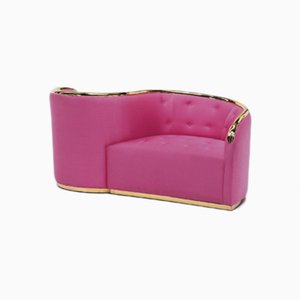
Dalí Leda Armchair-Sculpture from BD Barcelona

Black Label Limited Edition Dalí Cajones Lamp from BD Barcelona

Black Label Limited Edition Dalí Muletas Lamp from BD Barcelona

Black Label Limited Edition Dalí Vis-à-Vis De Gala Sofa by BD Barcelona
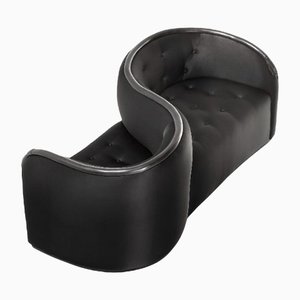
Black Label Limited Edition Dalí Leda Armchair-Sculpture from BD Barcelona

Carry Artids Bucket Vase by Nigel Coates
